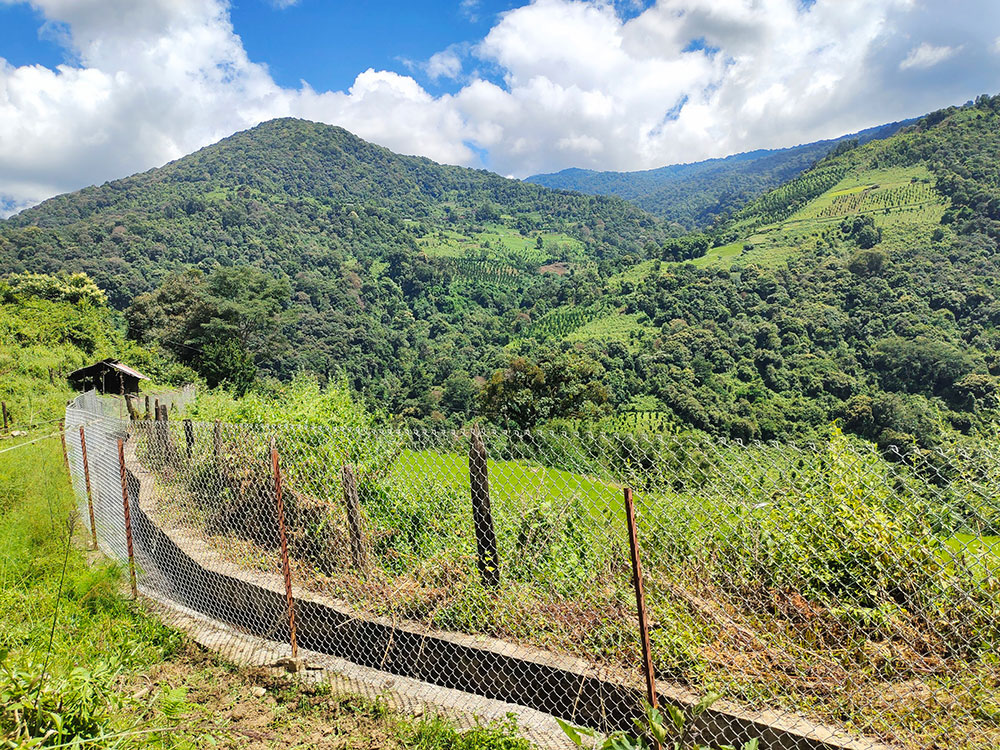
As a nation heavily dependent on imports and reliant on agriculture, the strategic use of chain-link fencing stands as a vital measure to mitigate human-wildlife conflict (HWC) and safeguard food security.
Bhutan Tendrel Party (BTP) and People’s Democratic Party (PDP), following the precedent set by the former government, have pledged their commitment to providing chain-link fencing.
The BTP plans to introduce chain-linked fencing at feasible locations and explore alternative solutions primarily through grants from environment and conservation windows. Currently, the funding for these projects flows through the local government.
Concurrently, the PDP has committed to providing rationalised support for farmlands through the installation of chain-link fences.
In the fiscal year 2022-23, the trial implementation of chain-link fencing was initiated under the Druk Nyamrup Tshogpa government.
At the same time, Bhutan has subsequently begun producing locally manufactured chain-link fences.
For the initial phase of chain-link establishment, the government allocated Nu 500 million, resulting in one chain-link fencing installation for each district. This initiative protected over 3,000 acres of farmland across 111.5 kilometres, benefiting 991 households and incurring a total expenditure of Nu 173.8 million.
As outlined in the draft 13th Plan, Nu 386 million has been earmarked for chain-link fencing covering a substantial distance of 2,697 kilometres. The focus is on safeguarding commodities such as rice, maize, wheat, and high-value agricultural products.
Despite the agriculture sector employing 43.5 percent of the population (125,160), its contribution to the country’s gross domestic product in 2022 stood at 33.42 billion, representing 14.67 percent.
Human-wildlife conflict remains a pressing issue for farming communities, with the country losing over 419 metric tonnes of produce due to wildlife ravaging farmlands over the decade, according to the National Plant Protection Centre.
The estimated annual losses of maize and paddy due to wildlife amount to USD 4-5 million.
Over the last five years, Bhutan’s rice self-sufficiency has declined from 40.8 percent to 25.2 percent, with wildlife-induced crop damage being a significant factor in the decline.
The draft Food and Nutrition Security Policy of Bhutan 2022 aims to secure the nation’s food supply, reduce malnutrition prevalence, and double the sector’s export value by 2034 from the baseline of Nu 3.13 billion in 2021.












